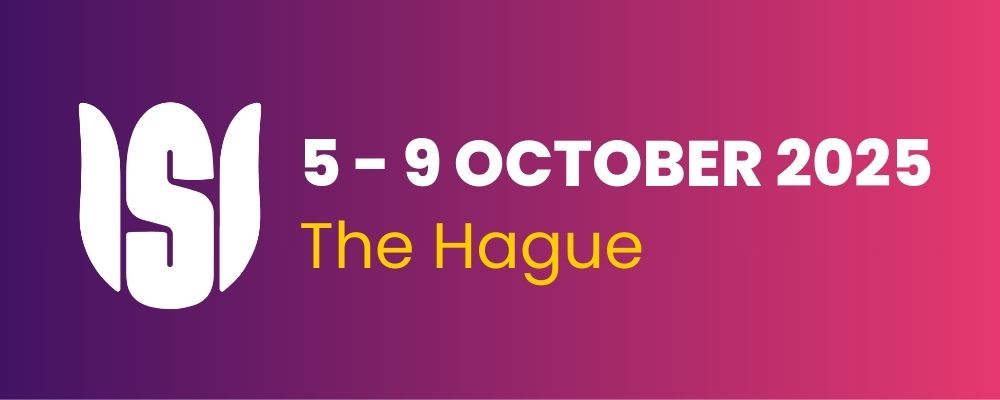Using Bayesian Networks to Evaluate Expert Eye- Witness Testimony in Criminal Cases: A case study from the Prosecution of UK Nurse Lucy Letby
Conference
65th ISI World Statistics Congress
Format: IPS Abstract - WSC 2025
Session: SIPS 1126 - Forensic Statistics
Tuesday 7 October 9:20 a.m. - 10:30 a.m. (Europe/Amsterdam)
Abstract
During the trials of Lucy Letby some witnesses appeared to occupy multiple roles. First, as
expert witnesses testifying about medical conditions, clinical practices and the clinical
guidelines followed when treating premature neonates. Second, as expert clinical witnesses
testifying to the care they provided and their expert opinion of the medical condition of each
neonate. Third, as eyewitnesses testifying to events they observed and the actions, reactions,
and their impressions of Nurse Letby. While individual idioms and instantiated Bayesian
network (BN) models for reasoning accuracy of expert witness or eyewitness testimony exist,
this work may be the first to propose an idiom and BN structure suited to the multi-role witness,
applying the proposed model to the testimony of Dr Ravi Jayaram. Drawing on testimony from
both criminal trials and more recent post-conviction prosecution disclosures, the model finds
his evidence to be of poor accuracy and incapable of supporting the notion that Nurse Letby
had either the opportunity or motive to harm Baby K. As the potential for clinical harm cases
against nurses continues to rise, a model such as the one proposed here has potential to
assist trial council to evaluate and understand the impact of multi-role witnesses.
